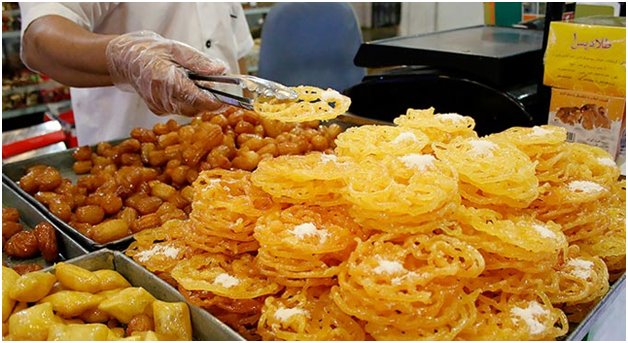Musings From Iran During Ramadan

On the eighth day of Ramadan, managing editor of the most right wing national newspaper of Iran was summoned by a court for some investigations. Hossein Shariatmadari who is known for taking extreme positions against any reformist stream in Iran, was confident enough to refuse, citing Ramadan as the reason.
It is a fact that Ramadan is not a month for work in Islamic countries. including Iran. A long day of fasting and change in sleep time, drains your energy. If the former president of Iran, Mahmoud Ahmadinejad, had a single positive contribution to make for government employees, it was to cut the working hours during Ramadan. The government now has not agreed to the proposal offered by the Management and Planning Organization of Iran. By retaining the working hours, the government is showing its determination to mend the system through direct work. Other government traditions for Ramadan, like food rations for government employees, are still there.
The moderate government of Hassan Rouhani is one of the plaintiffs in the case involving the managing editor of Kayhan newspaper. The court summoned him early Ramadan but he only heard the charges and postponed answering them.
Night Takes over Day
In Ramadan all excuses for lingering delays are accepted. During the day all cafes, restaurants and fast foods are closed. Eating in public is a punishable act. Some of the food shops put a small notice that says “Cold sandwich is available”. The supermarkets are prepared for selling snacks to people who do not keep a fast. Except for office traffic, cities are deserted in day time as life shifts to the nights. When the sun sets and Muslims are allowed to eat and drink, the restaurants open and people return to their main joy, eating out.
Being on fast for the whole day does not lead to less consumption of food. The change is in eating habits and the time of eating, as well as the quantity and quality of food. In Ramadan, Iranian people are overwhelmed by media advice about eating healthy. It is suggested to break an almost 17 hours fast with light stews and eat more calories later on, before the next day’s fast starts.
In spite of this struggle, Ramadan has a unique spirit in Iran which is not comparable to any other occasion. The parties, foods, night life and gatherings make it a pleasing month even for people who do not keep fast. Almost a couple of hours before Iftar, the shops start selling foods. This is the time that spirit flows backs into the city. Some foods like Haleem (a wheat meal with shredded meat) and Aash (a thick soup/stew, which is usually served hot) are desirable in this month. The mentioned foods are usually considered as starters. The main dishes consist of a variety of meat/chicken stew and Kebab which are served with rice.
To recover the lost energy, some sweet dishes like Halwa, Shol-i Zard (a yellow rice pudding which Iranian saffron makes it special) and Zoolbia Bamieh (similar to indian jalebi) are consumed more than at other times during Ramadan.
To preserve the heritage of Ayatollah Khomeini, the Iranian regime reiterates Ramadan as an invitation to God's feast. Nevertheless, similar to many other Muslim cultures, for Iranians iftar parties form an integral part of the month. The government and the private sector host business iftar parties. Furthermore, in the three nights of Laylat al-Qadr, people gather in groups and pray till the morning.
Bring on the Celebrations!
Iranians, like other Muslims look forward to lunar month of Ramadan which every year comes closer by 10 days. They have opened a full chapter for this Islamic occasion in the context of their Iranian lifestyle. Eid al-Fitr is one of the most appreciated Eids that is extensively celebrated in Iran although Iranians have not replaced any occasion with Nowruz as their main holiday.
Ramadan is affected by Iranian culture and at the same time, touches every aspect of life in this country; from politics to daily life. This impact is partly imposed by the regime and partly by the will of the people. Whatever the reason. Ramadan makes a different country out of Iran. Tourists who would like to see how a different country looks different are welcome!



